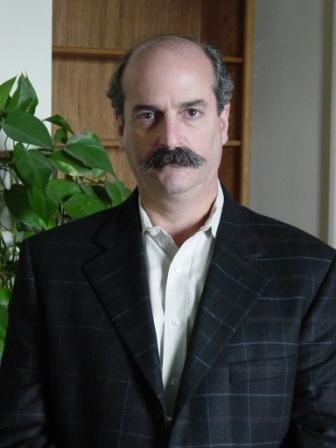A Degenerative and Regenerative Economics of Philanthropy and Gift
A Degenerative and Regenerative Economics of Philanthropy and Gift
One of the mysterious characteristics of a gift is that it increases in value when it is received. Value is, of course, a multilayered phenomenon and complicated subject, but it can also be simple, personal, and direct. Suppose it is winter, and you have an infrequently-worn warm coat in your closet. If you were to give that coat to someone who has none, then the value of that coat has increased drastically because of its increased usefulness, regardless of its original cost or sentimental value. Value actually requires a transaction in order to be realized, yet the perspective from which it is viewed remains relative—to feelings, perceptions, and historical context.
Something else important is happening within this transactional picture. The coat was hanging in a closet, out of circulation you could say, maybe even in cold storage or mothballs. Once given, it is now moving about in the world providing bodily warmth and helping someone focus on their life tasks instead of the condition of being cold. Most important, this picture presumes a kind of ideal world in which the human being is valued more highly than material goods.
Money, especially gift money, works in a similar way. Money, which has been heavily or continuously used either for purchase or investment, or held in “cold storage” such as land or real estate where its primary purpose is an increase in monetary value, needs to be recirculated into the economy through gifts to support research, education and other activities that foster human capacity for cultural renewal and envisioning the future. And, in its purest form, this renewal is done without any expectation of monetary return (though there may be a tax benefit). Where money makes possible the furtherance of human capacity, money is given, in a sense, a new life. Its value has increased for benefit of culture and humanity rather than for the benefit of its giver.
There is a secondary aspect of this gift transaction that is equally important. That is, how the gift is received. A gift usually comes with an intention. If the recipient acknowledges the intention, feels responsible to it, then they have in a sense met the giver on his or her destiny path. In this act, a spiritual link is created, almost like a bridge between the past and the future. The receiver is taking on work which the donor recognizes as important and has resources to support, but has chosen not to do. This link between donor and recipient is also a critical part of the increased value of the gift, a transformation from monetary or trade value to human value.
While philanthropy primarily is concerned with giving from accumulated or surplus capital or time, a gift economy focuses more broadly on the circulation gifts and assumes an ever-renewing human capacity for adding resources to that circulation—whether in material form such as goods, or spiritual form such as ideas. Philanthropy is a subset of the gift economy, but it is based upon the capitalist-based assumption that wealth or capital rightly accrues to the one or ones best able to organize human labor in economic activities. Thus philanthropy is made possible through an extractive and accumulative process. Historically it has been the role of philanthropy to return some portion of this surplus to the culture for public benefit, or to what English law called, in the 17th Century, the “community chest”. While it may not be treated as such in conventional economic thinking, philanthropy is an essential part of economic life when viewed through qualitative aspect of financial transactions.
However, we live in and by another economy which lies outside economic discipline, namely that of caring, thinking, relationships, among others, all of which we need in order to survive, but which also have no “economic” value. These human processes are the essence of a gift economy, through philanthropy is one element of it. While goods may be circulated as part of the gift economy, it is the recognition and celebration of human needs that serve as prime motivators—in other words we are moved by a sense of brotherhood and sisterhood rather than self-interest. That the value of a gift increases over time is a kind of modern mystery in that while a gifted object or money gets consumed, the values that pass through the transaction do not. Instead when one values someone their sense of value increases. In this view, the material and the spiritual aspects part ways to circulate in degenerative (material) and regenerative (spiritual) economic pathways. The reality is that we need both aspects, but we lack a science of regenerative economics to complement prevailing materialistic economic science.
John Bloom
©2008

